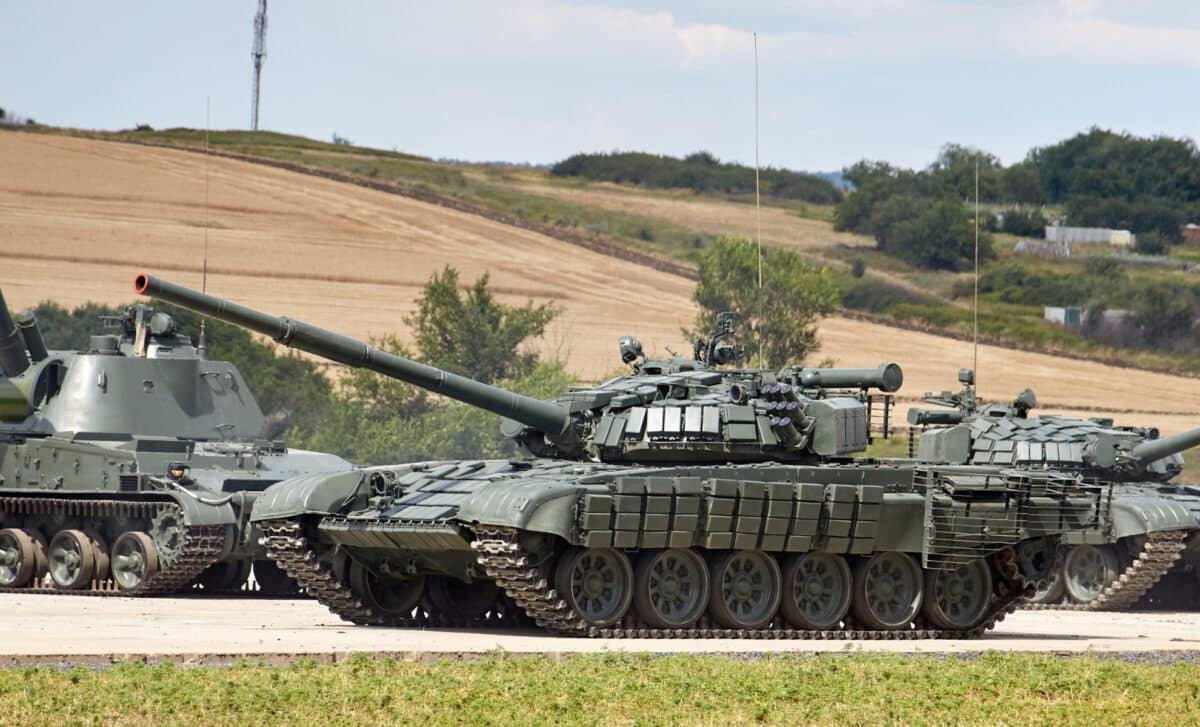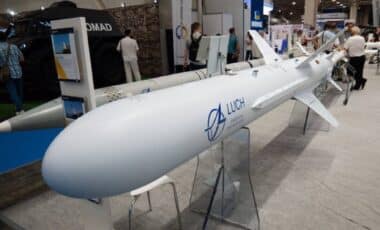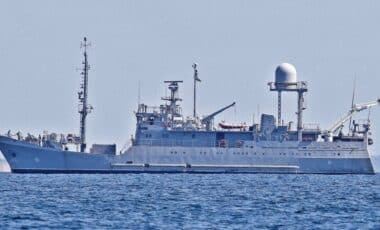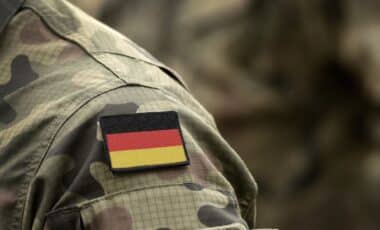In modern warfare, tanks continue to play a critical role in ground combat. However, the evolving nature of battlefield threats, such as drones and precision-guided munitions, has reshaped the criteria for what makes a tank effective. While some tanks showcase cutting-edge technology, others are winning battles through sheer numbers and proven reliability.
The role of main battle tanks (MBTs) in modern warfare has shifted dramatically. Tanks like Russia’s T-72 and the U.S. M1 Abrams are still considered among the best, not for their advanced technologies but because they are battle-tested, reliable, and easy to maintain. On the other hand, tanks such as the Russian T-14 Armata and South Korea’s K2 Black Panther highlight the ongoing importance of high-tech features, though they face limitations in terms of production scale and operational deployment.
America Is Finally Tackling Its Maritime Strategy Head-On – But Is It Ready for What’s Coming?
The Shift from Advanced Technology to Practicality
According to The National Interest, one of the key changes in tank warfare today is the shift from prioritizing advanced technology to valuing tanks’ real-world performance under the harsh conditions of modern battlefields. Tanks like the Russian T-14 Armata, which is packed with state-of-the-art features, have seen limited frontline use due to their complexity and high cost.
In contrast, tanks such as the T-72, though less sophisticated, dominate the battlefield because of their mass production, ease of use, and relatively low cost. The T-72’s ability to be quickly replaced and repaired has been crucial in protracted conflicts like the war in Ukraine, where it has remained Russia’s most effective tank.
Similarly, the U.S. M1 Abrams, despite its age and evolving technology, continues to hold its own due to its adaptability and proven battlefield performance. While the Abrams faces challenges in modern warfare, such as the increasing effectiveness of drones and anti-tank systems, its ability to endure through multiple upgrades makes it a reliable asset in high-intensity conflicts. The ability to maintain and repair tanks, rather than their cutting-edge features, often determines which platforms succeed in prolonged combat situations.
The Limitations of Cutting-Edge Technology
The T-14 Armata, often hailed as one of the most advanced tanks ever built, demonstrates the challenges of integrating next-generation technology into a functional and cost-effective vehicle. As reported by the source media, Russia’s reluctance to deploy the T-14 on the battlefield stems from its high cost and complexity, making it difficult to produce in large numbers.
Despite its impressive features, such as an autoloader and advanced armor, the T-14 has been too valuable to risk losing in combat. This limitation illustrates a key point in modern warfare: while technological advancement can provide an edge, the ability to mass-produce and maintain tanks in large quantities remains essential.
In contrast, tanks such as the German Leopard II and the South Korean K2 Black Panther, which offer a blend of advanced technology and firepower, still face issues with production capacity. These tanks can perform exceptionally well when they are deployed in sufficient numbers, but the complexities and costs associated with their manufacturing restrict their widespread use.
This makes them less viable in large-scale, sustained operations where mass availability is key. The ability to integrate new technologies into older platforms without completely overhauling the system, as demonstrated by the M1 Abrams, has thus become an important factor for tank forces globally.
The Dominance of the T-72
While many advanced tanks offer impressive features, the Russian T-72 remains one of the most dominant tanks on the battlefield today. According to The National Interest, the T-72 is effective not due to its high-tech innovations but because of its sheer numbers and simplicity.
This older Soviet model continues to serve as the backbone of Russia’s tank fleet due to its low production costs, ease of repair, and rapid deployment capabilities. The T-72 has been integral in the conflict in Ukraine, where its mass deployment has allowed Russia to sustain operations despite significant losses.
The T-72’s continued relevance in modern warfare highlights a crucial point: in a battlefield environment where attrition is high, tanks that can be easily replaced and repaired are often more valuable than those with the most advanced technology.








